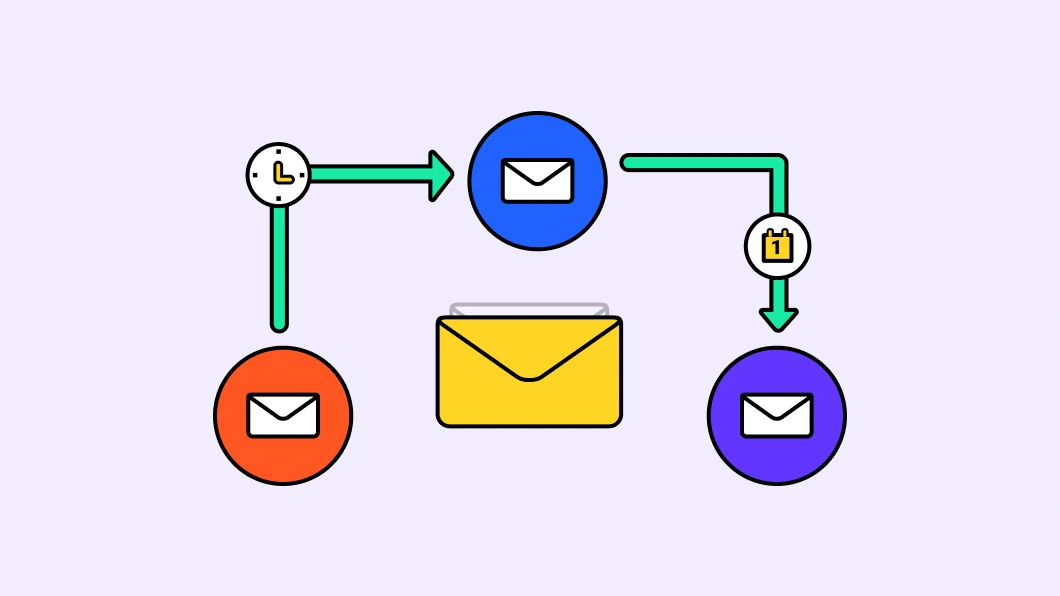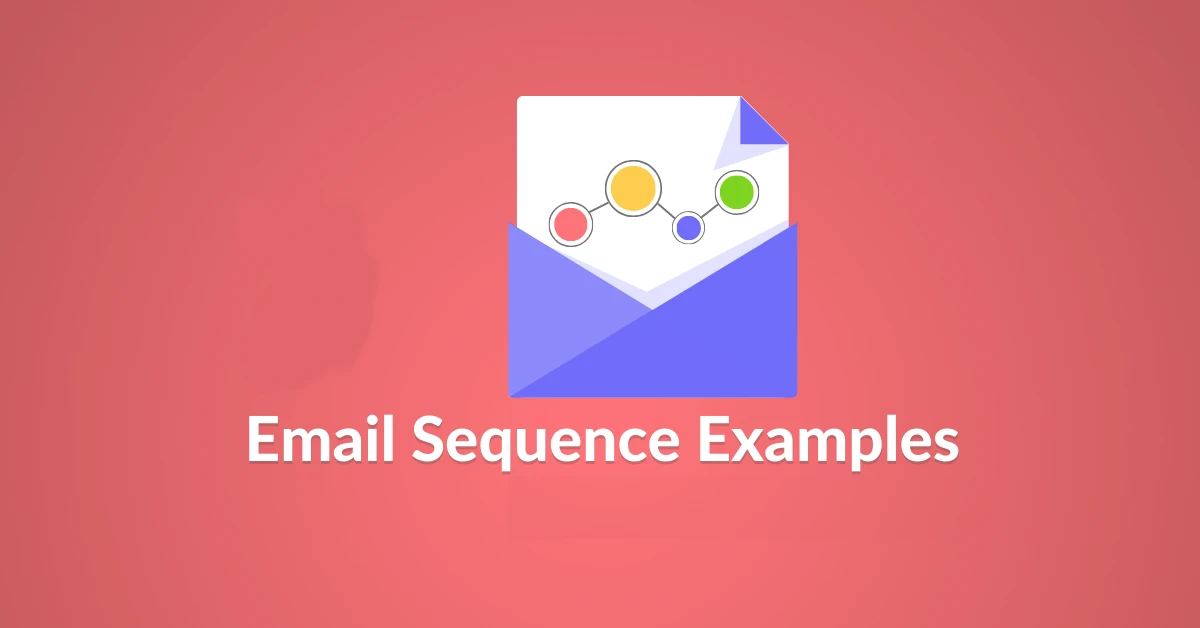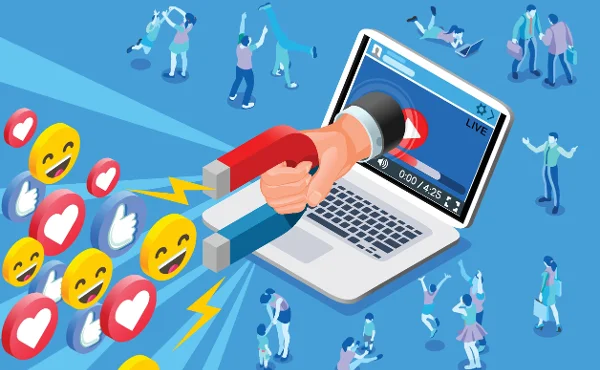Yes, Boost Inbox is designed to cater to businesses of all sizes and industries.

Email marketing is still a potent tool in the digital marketing toolbox for connecting with consumers and increasing conversions. However, how can you make sure your emails are successful? The secret is to create a well-thought-out email series. To help you get the most out of your email marketing campaigns, this article will go into great practices and email sequence examples.
What is an Email Sequence?
A pre-written email series sent to subscribers or clients at predetermined intervals is called an email sequence. An email sequence, as opposed to a single email blast, is scheduled and initiated by user actions or predefined criteria. By using this strategy, you can be confident that your audience is getting timely and pertinent information that helps them throughout the customer journey.

Difference Between Email Drip Campaign and Email Sequence
Despite their frequent interchangeability, the words "email drip campaign" and "email sequence" have specific distinctions. Regardless of user behavior, an email drip campaign sends out automatic emails according to a predetermined timetable. On the other hand, an email sequence is more personalized and tailored to the recipient's needs because it is more dynamic and frequently prompted by particular actions or occurrences.
Email Sequence Examples and Types
Gaining knowledge about the many kinds of email sequences and knowing how to use them will greatly improve your email marketing approach. Here are a few typical instances:

Welcome Email Sequence
The first email exchange you have with a new subscriber sets the tone for the relationship. It presents your company, establishes expectations, and gives the recipient useful information to get them interested right away.
Example: A welcome email sequence for a fitness app might include:
- A welcome email thanking the subscriber and introducing the app's features.
- An email with tips on setting fitness goals.
- A success story from another user to inspire the new subscriber.
- An email offering a discount on premium features after a week of use.
Onboarding Email Sequence
Emails sent throughout the onboarding process assist new clients in using your product or service efficiently. These emails offer direction, advice, and encouragement to guarantee a seamless and satisfying encounter.
Example: An onboarding email sequence for a project management tool might include:
- A welcome email with a link to a tutorial video.
- An email highlighting key features and how to use them.
- A follow-up email offering a webinar for advanced tips and tricks.
- An email with customer support contact information and FAQs.
Abandon Cart Email Sequence
Customers who receive abandoned cart emails are reminded of the things they still have in their online shopping cart and are urged to finish the transaction. Frequently, these emails offer discounts or free shipments as incentives.
Example: An e-commerce store's email sequence for abandoned carts could look like this:
- An initial email reminding the customer of their cart items.
- A follow-up email offering a small discount or free shipping.
- A final email creates a sense of urgency, such as "Your cart is expiring soon!"
Re-engagement Email Sequence
Re-engagement emails are sent to customers who haven't interacted with your company in a while or inactive subscribers to get them back. They may be inspired to return by these communications, which rekindle their interest.
Example: An online course platform's re-engagement email sequence could look something like this:
- An email asking if they need any help or support.
- An email highlighting new courses or features added since their last visit.
- An email offering a special discount to entice them back.
- A final email asking for feedback if they remain inactive.
Educational Email Sequence
Emails with educational content educate your audience on a certain subject linked to your business. These sections can help you gain your audience's trust and establish your authority.
Example: An educational email sequence for a skincare brand might include:
- An email explaining common skincare myths.
- An email detailing a daily skincare routine.
- An email discussing the benefits of different skincare ingredients.
- An email offering a free skincare guide or e-book.
Event Email Sequence
Email sequences for events create anticipation and offer crucial information before, during, and after the event. These communications guarantee informed and involved participants.
Example: An event email sequence for a virtual conference might include:
- An initial email announcing the event and opening registration.
- A series of emails highlighting keynote speakers and sessions.
- A reminder email with event logistics and login details.
- A post-event email thanking attendees and sharing a recap or recording.
Repeat Customer/Post-Purchase Email Sequence
Emails sent to previous customers or after a transaction, help retain current clients and promote repeat business. These emails frequently contain loyalty points, special deals, and product recommendations.
Example: For a fashion retailer, a post-purchase email series could look something like this:
- A thank-you email confirming the purchase and providing order details.
- An email asking for a product review or feedback.
- An email offering a discount on the next purchase.
- An email showcasing new arrivals or related products.
Conclusion
Email sequences are an essential component of a successful email marketing strategy. By understanding and implementing various types of sequences, you can deliver personalized, timely content that resonates with your audience and drives engagement.
If you’re looking to enhance your email marketing efforts, start by crafting an effective email sequence tailored to your audience's needs. Need help getting started? Try Boost Inbox Blogs today to learn more about how email marketing services can boost your business and keep your customers coming back for more!
What to read next
Absolutely! Boost Inbox is compatible with most major email service providers.
The warmup process duration may vary depending on your email volume, but it typically ranges from a few days to a couple of weeks.
Yes, Boost Inbox offers dedicated customer support to assist you throughout the warmup process.
While it's possible, it's best to start the warmup process from the beginning with Boost Inbox for optimal results.

